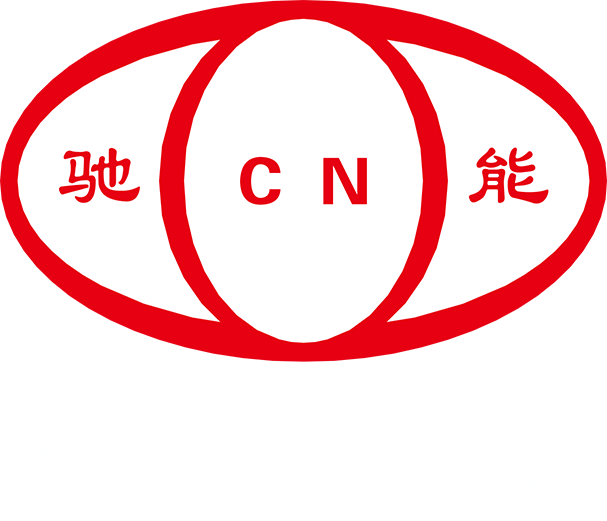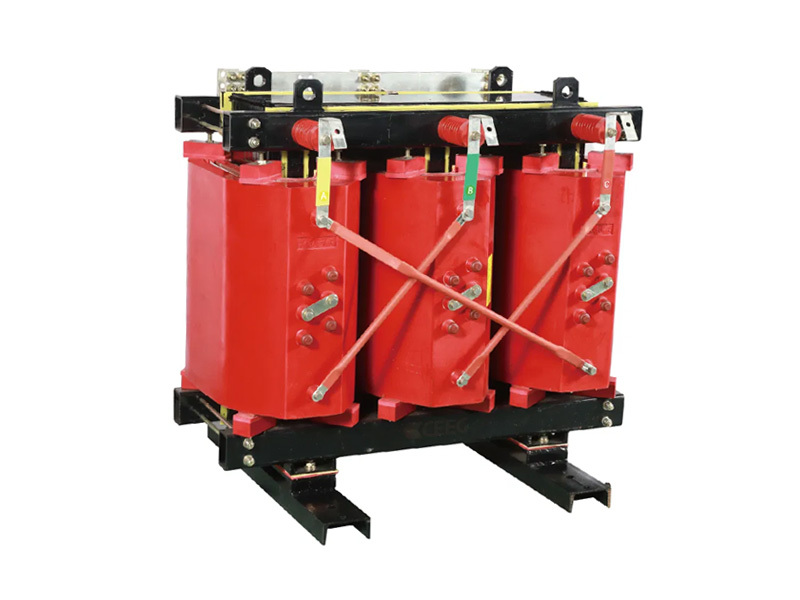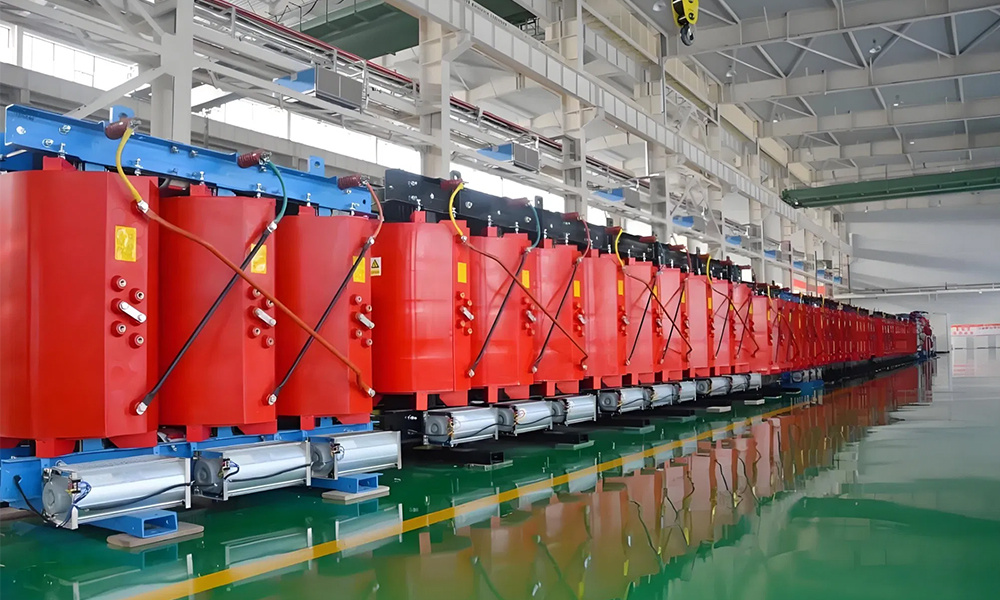He' Nan Chineng Electric Power Equipment Co., Ltd
How Oil-Immersed Substation Transformers Enhance Energy Efficiency
Jun 27,2025
How Oil-Immersed Substation Transformers Enhance Energy Efficiency
Introduction to Oil-Immersed Substation Transformers
Oil-immersed substation transformers (OISTs) play a crucial role in the electrical grid. These transformers efficiently convert voltage levels to ensure that electricity is transmitted safely and reliably. With energy demands escalating globally, enhancing energy efficiency has become paramount. OISTs not only meet these demands but do so while minimizing losses and improving overall performance.
The Importance of Energy Efficiency in Power Systems
Energy efficiency is vital for several reasons. First, it reduces operational costs for utility companies and consumers alike. Second, it helps in minimizing environmental impact by lowering greenhouse gas emissions associated with electricity generation. Finally, efficient energy systems contribute to grid reliability and stability, preventing outages and ensuring a continuous power supply.
Defining Oil-Immersed Substation Transformers
Oil-immersed substation transformers are distinguished by their unique design, where transformer windings are immersed in mineral oil. This oil serves multiple purposes, including insulation and cooling, allowing the transformers to operate effectively even under heavy loads.
How Oil Functions in Transformers
The mineral oil in these transformers acts as an insulator, preventing electrical arcing and short circuits. Additionally, it dissipates heat generated during operation, which enhances the transformer's overall performance. This dual role of insulation and cooling is key to maintaining the efficiency of OISTs.
Key Advantages of Using Oil-Immersed Transformers
Several advantages make oil-immersed substation transformers a preferred choice in many power systems:
1. Enhanced Cooling Efficiency
The design of OISTs allows for superior cooling capabilities. As the oil circulates, it absorbs heat and cools the windings more effectively than air-cooled systems, which translates into lower operational temperatures and reduced risk of overheating.
2. Reduced Energy Losses
OISTs minimize energy losses during the voltage transformation process. With lower core and copper losses compared to their dry-type counterparts, they enhance the overall efficiency of the power distribution network.
3. Increased Reliability and Longevity
The insulating properties of mineral oil enhance the reliability of OISTs. They are less likely to fail under extreme conditions, leading to longer lifespans and reduced maintenance costs over time.
4. Environmentally Friendly Options
Modern OISTs now utilize biodegradable oils, which reduce the environmental impact in case of leaks or spills. This shift towards eco-friendlier options aligns with global efforts to promote sustainability in energy production.
Energy Efficiency Improvements Through Design Innovations
Recent advancements in transformer design have further optimized energy efficiency in oil-immersed transformers.
1. Smart Technology Integration
The incorporation of smart technology into OISTs allows for real-time monitoring of transformer health, performance metrics, and energy consumption. This technology enables utilities to predict maintenance needs and optimize operations proactively.
2. Advanced Materials
Utilizing high-quality materials for windings and core construction reduces energy losses. New alloys and improved insulation materials enhance efficiency by minimizing resistive losses, leading to better performance overall.
Case Studies: Real-World Applications
In various countries, OISTs have been successfully implemented to boost energy efficiency. For example, a large utility company in Germany reported a 15% reduction in energy losses after upgrading their transformer fleet to modern oil-immersed designs. Such success stories underscore the transformative impact of these technologies on energy systems.
Challenges and Considerations in Implementing OISTs
While oil-immersed transformers offer numerous benefits, there are challenges that utilities must consider.
1. Initial Investment and Costs
The upfront cost of oil-immersed transformers can be higher than that of dry-type transformers. However, the long-term savings from reduced energy losses and maintenance often justify this initial investment.
2. Environmental Regulations
Utilities must navigate a complex landscape of environmental regulations concerning the use of mineral oil. Compliance with these regulations is crucial to ensure sustainable operations.
3. Maintenance and Monitoring Needs
Regular maintenance and monitoring are vital for ensuring the longevity and efficiency of OISTs. Utilities must invest in training and technology to adequately support these needs.
Future Trends in Oil-Immersed Substation Transformers
The future of oil-immersed substation transformers appears promising, with several emerging trends aimed at enhancing their efficiency and sustainability.
1. Digital Transformation in Power Systems
The digital revolution is influencing transformer technology, leading to smarter, more efficient OISTs. The integration of IoT (Internet of Things) will enable better monitoring and predictive maintenance, further enhancing energy efficiency.
2. Focus on Renewable Energy Integration
As the shift towards renewable energy sources accelerates, oil-immersed transformers will play a vital role in managing the variability of energy supply. Their ability to handle fluctuating loads makes them suitable for integration with solar and wind energy systems.
3. Enhanced Cooling Solutions
Innovations in cooling technologies will likely emerge, resulting in even more efficient oil-immersed transformers. These advancements will focus on optimizing the thermal management process to maximize energy efficiency.
Frequently Asked Questions (FAQs)
1. What is the primary function of oil-immersed substation transformers?
Oil-immersed substation transformers primarily function to change voltage levels in electrical systems, ensuring safe and reliable power transmission.
2. How do oil-immersed transformers improve energy efficiency?
They enhance energy efficiency by reducing energy losses through effective cooling and insulation properties, resulting in lower operational temperatures.
3. Are oil-immersed transformers environmentally friendly?
Modern oil-immersed transformers can use biodegradable oils, which minimize their environmental impact in case of spills or leaks.
4. What are the maintenance needs for oil-immersed transformers?
Regular maintenance involves monitoring oil levels, checking for leaks, and ensuring that cooling systems operate efficiently. Smart technology can aid in predictive maintenance.
5. Can oil-immersed transformers be used with renewable energy sources?
Yes, oil-immersed transformers are well-suited for integration with renewable energy sources, as they can effectively manage fluctuating loads.
Conclusion
In conclusion, oil-immersed substation transformers represent a significant advancement in enhancing energy efficiency within electrical systems. Their unique design and innovative features provide numerous benefits, including reduced energy losses, increased reliability, and improved cooling capabilities. As the demand for energy continues to grow, the role of OISTs will be pivotal in shaping a more sustainable and efficient electrical grid, making them indispensable in today's energy landscape. By leveraging advancements in technology and materials, we can expect these transformers to evolve further, ensuring a brighter and more efficient energy future.










